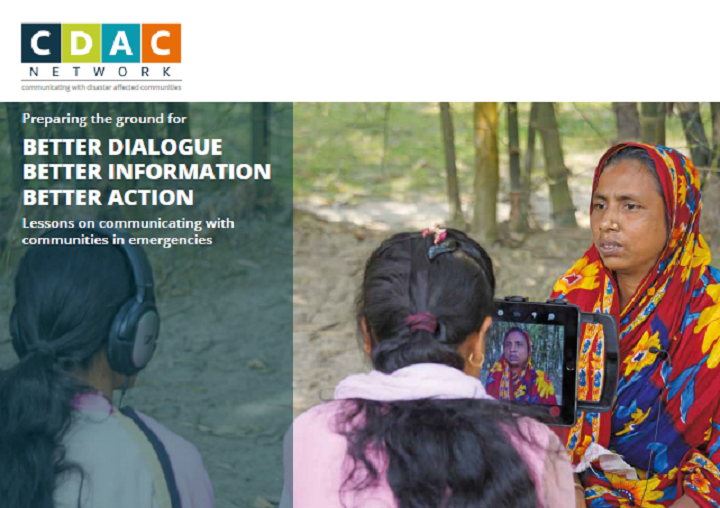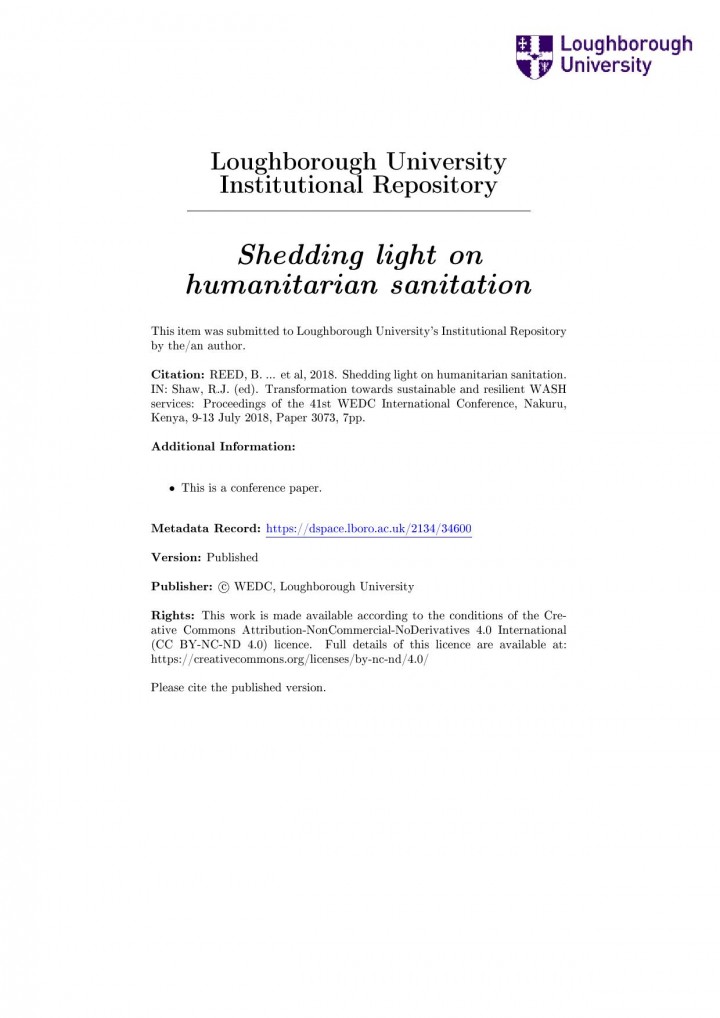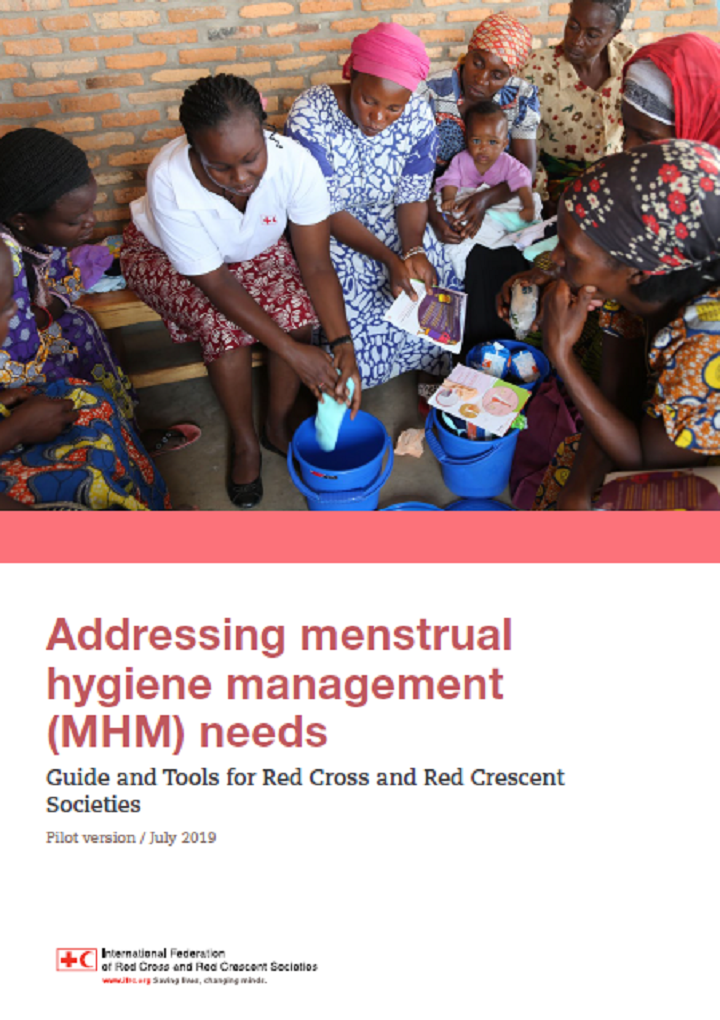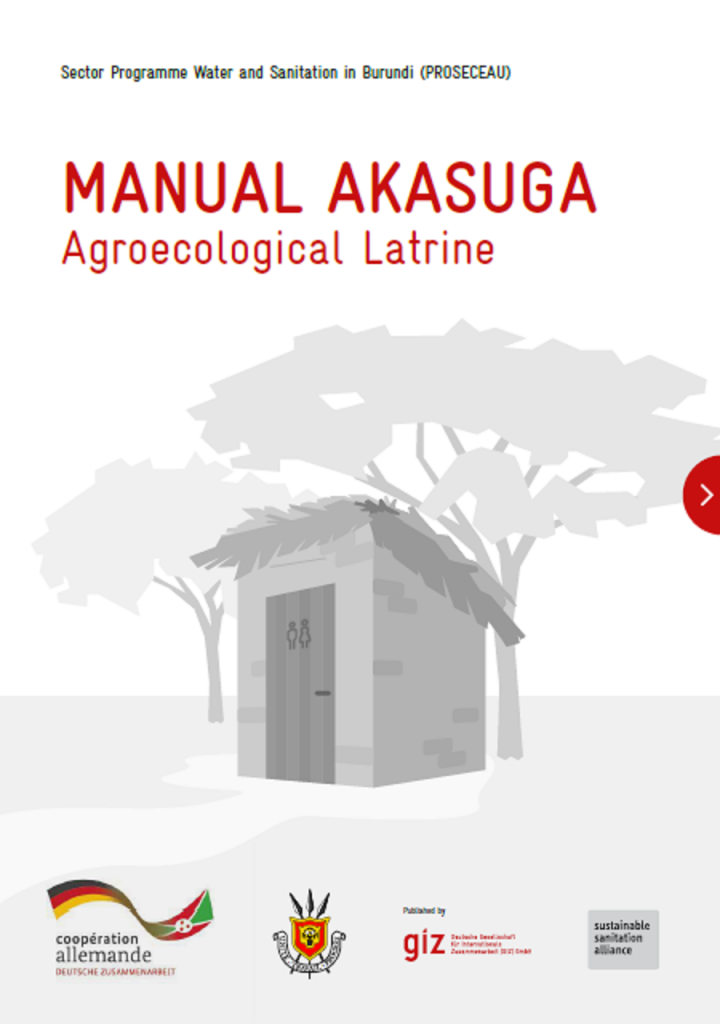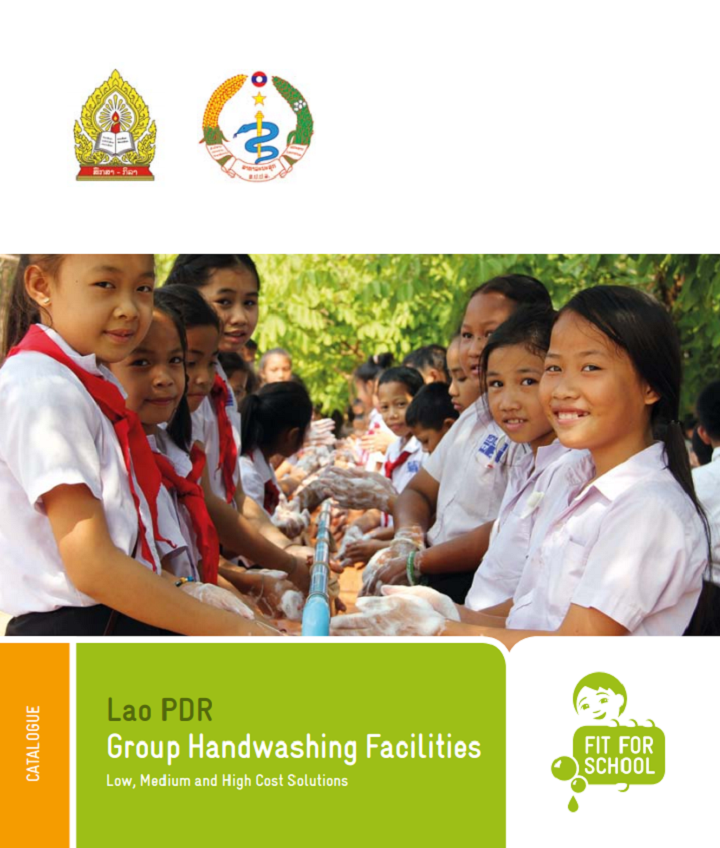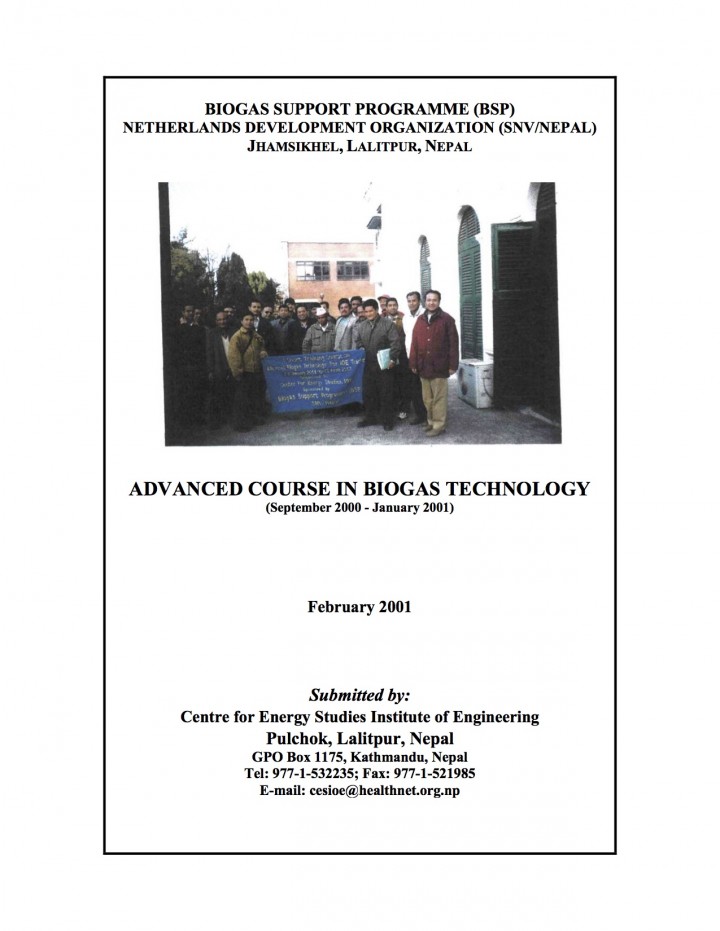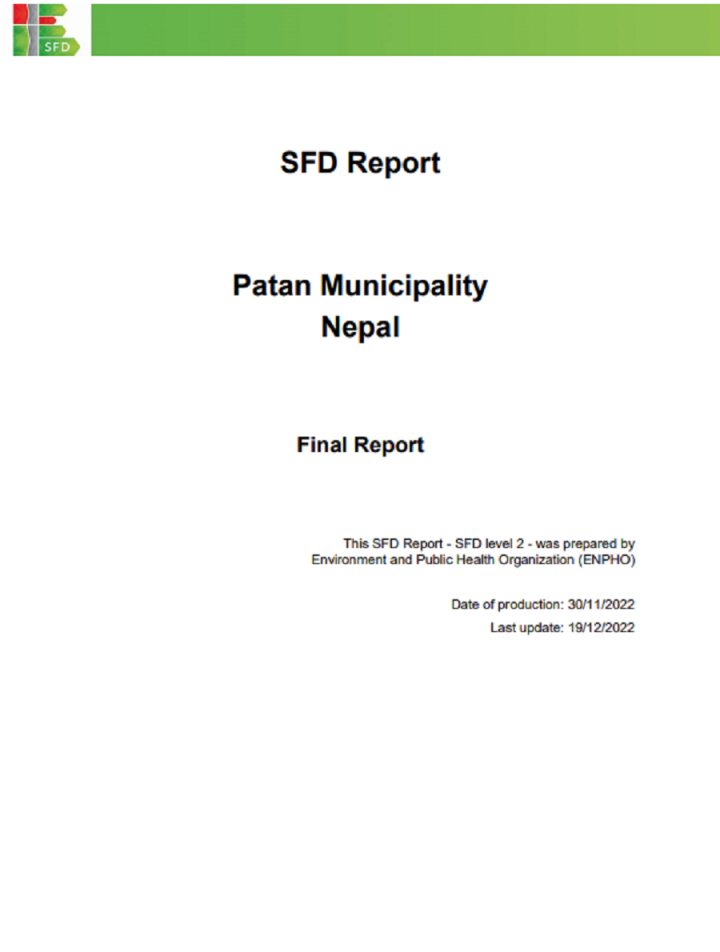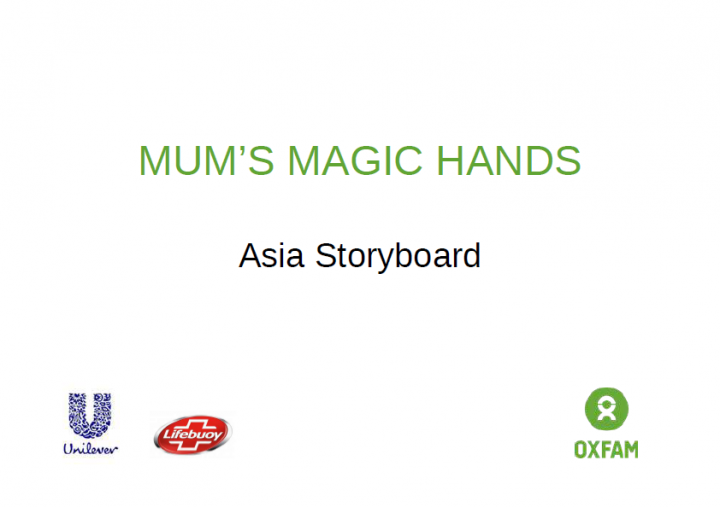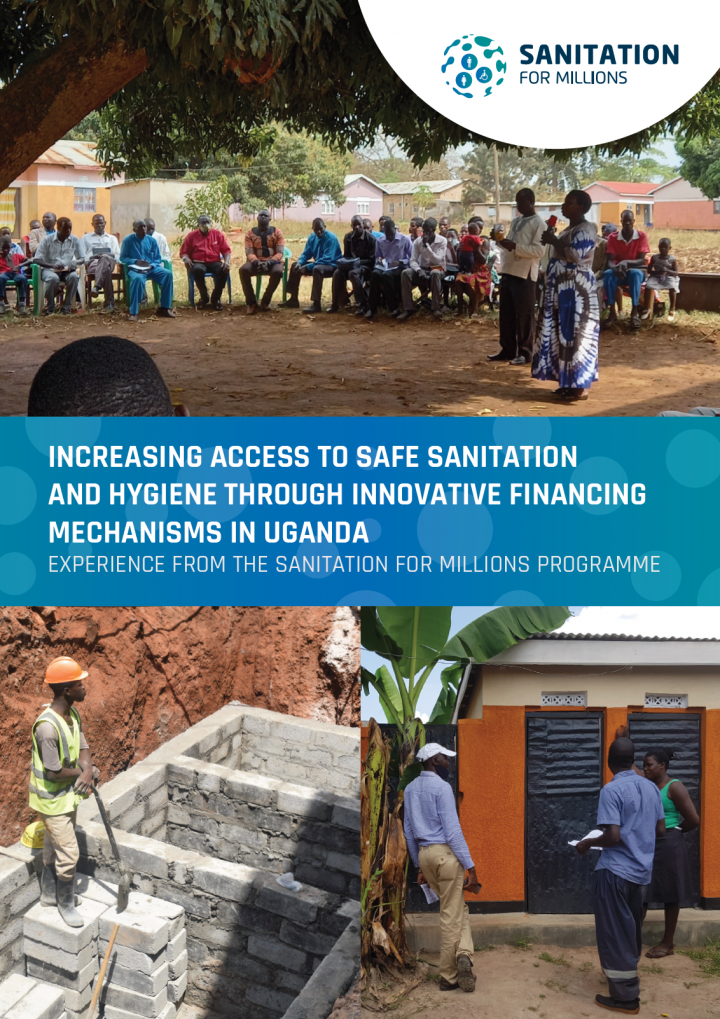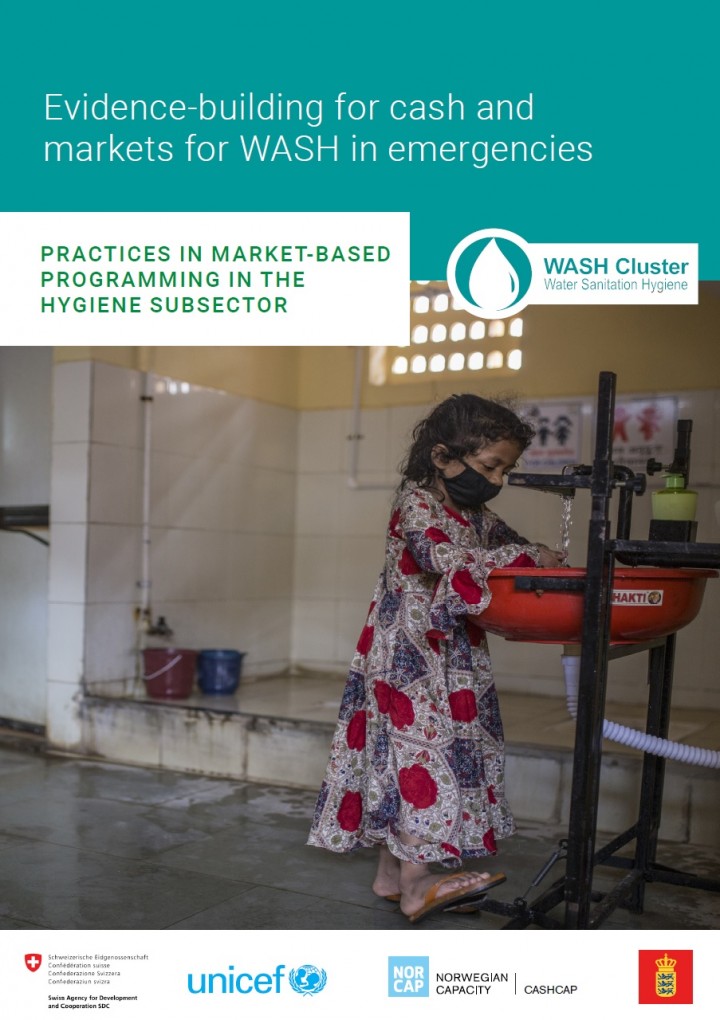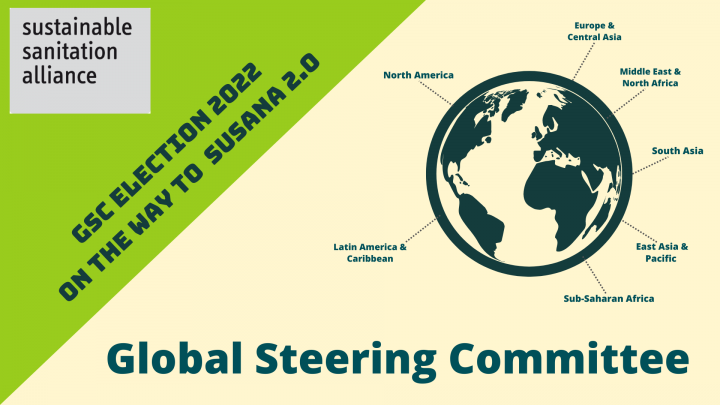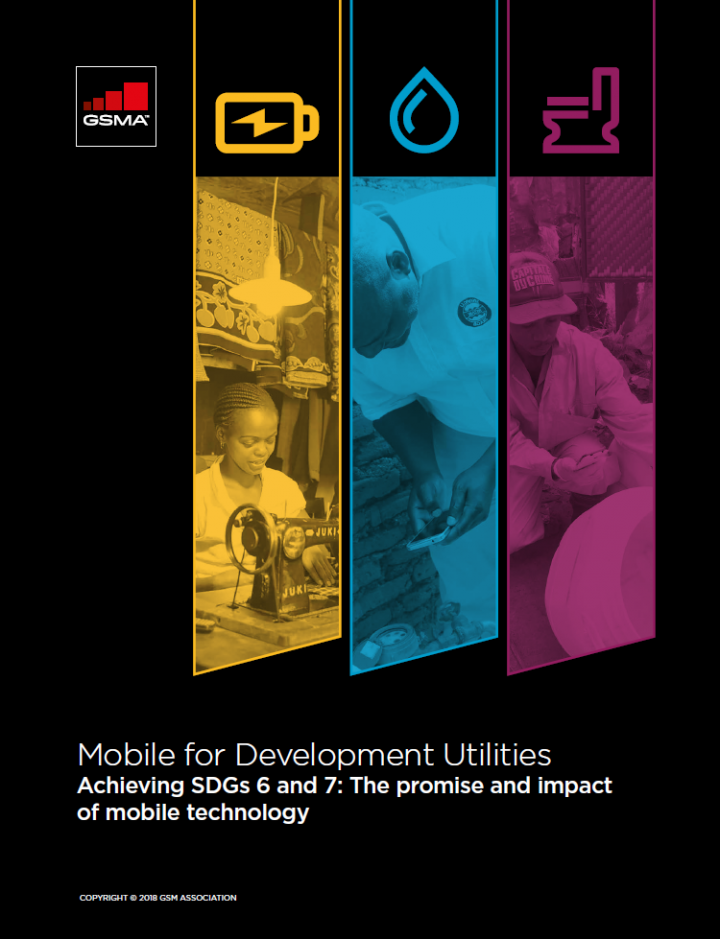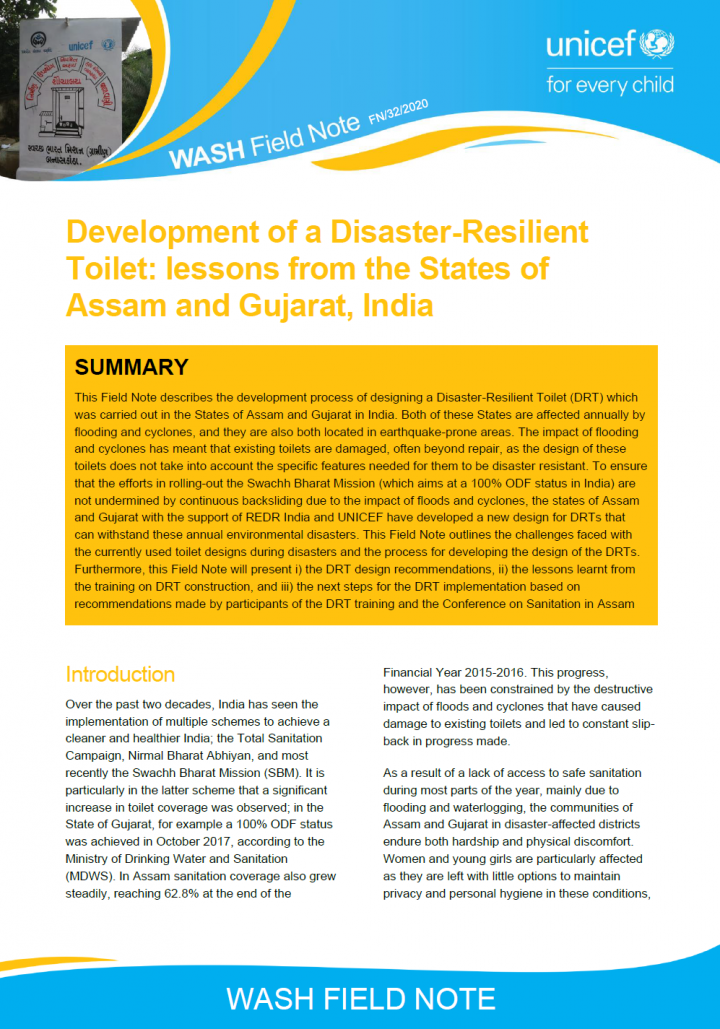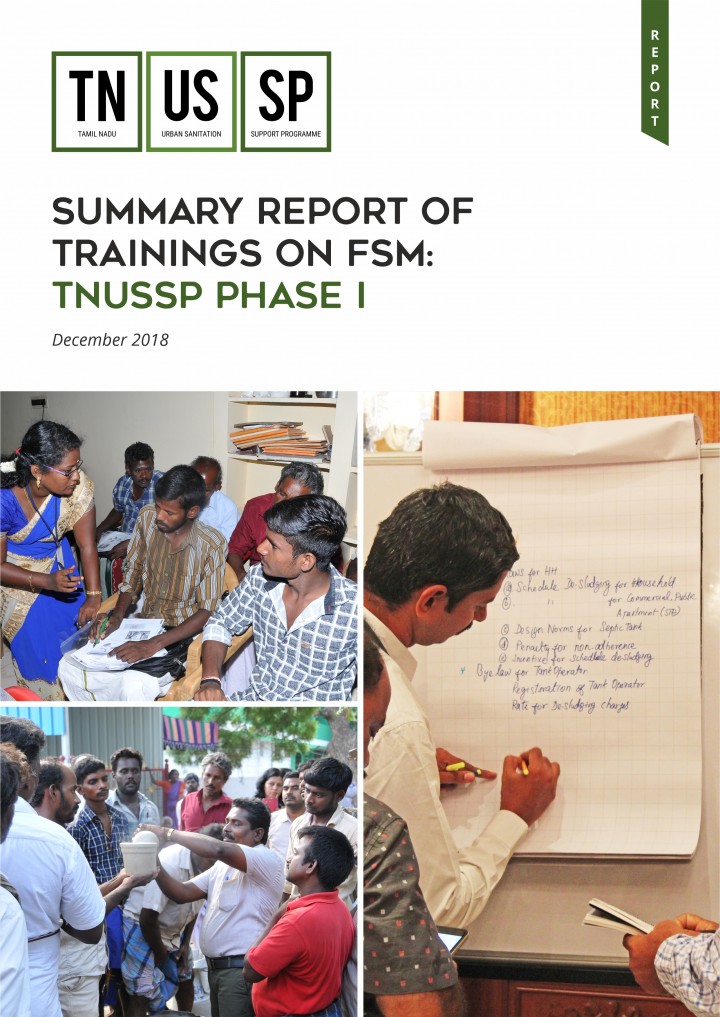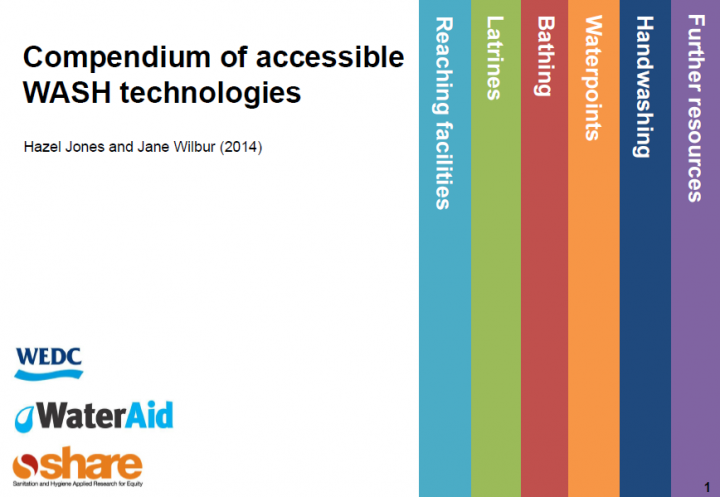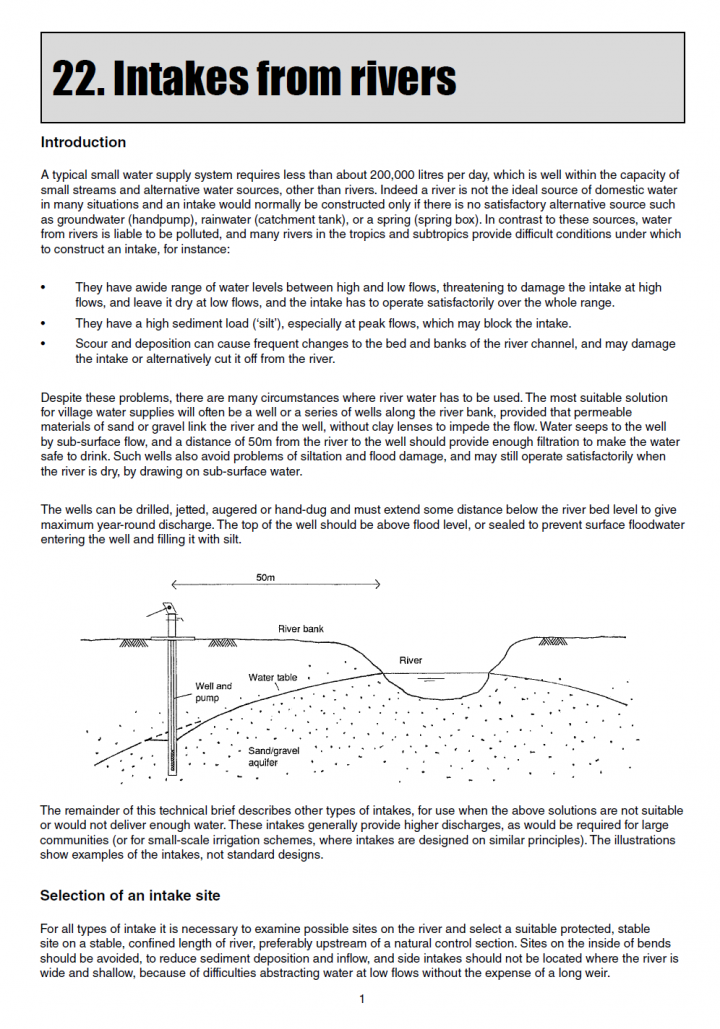Searching for information on Sanitation Workers?
The Sanitation Workers Knowledge + Learning Hub is the best source for all current news, trends, articles and updates on sanitation workers rights around the world.
Lighting should be provided for WASH facilities in Humanitarian contexts according to several standards. Evidence for this and the practical budget, operational and management responsibilities are less clear. A three-country research project looking at the impact of lighting on WASH use and Gender-based Violence (GBV) required a multi-disciplinary approach, combining OXFAM’s practical …
This equipment is part of several packages devised by the Oxfam Public Health Engineering Team to help provide a reliable water supply for populations affected by conflict or natural disaster. The equipment is designed to be used with any or all of the following Oxfam water equipment: Water Storage equipment, Water Coagulation and Disinfection equipment, Water Filtration equipment, Water …
Menstrual hygiene management, or MHM, refers to a range of actions and interventions that ensure that people who menstruate can privately, safely and hygienically manage their menstruation with confidence and dignity. MHM is not only about distributing pads or providing education to girls. Effective MHM actions have three main components: i) MHM materials and supportive items, ii) Private, safe …
What is Crisis and Emergency Risk Communications (CERC)? The Centers for Disease Control’s (CDC) Crisis and Emergency Risk Communication (CERC) manual provides an evidence-based framework and best practices for anyone who communicates on behalfof an organization responding to a public health emergency.1 CERC is built around psychological and communication sciences, studies in the field of …
The Akasuga technology is a low-cost agroecological latrine which has been developed and implemented by the GIZ Water and Sanitation Programme in Burundi (ProSecEau) in cooperation with the respective directions of the Ministry of Health and Ministry of Hydraulics responsible of Sanitation.
ProSecEau has also developed in December 2021 an e-training (in English and French) on the Atingi.org …
Schools are the heart of a community where children spend half of their day. They play a unique role in creating healthy learning environments. The social norms and habits developed in children will stay with them all their lives. Thus, by providing a healthy learning environment and promoting healthy practices, schools act as an equalizer for all children from varied economic backgrounds.
The …
SNV/BSP had organized a biogas training course from 17 to 20 May 2000 for the trainers of Junior Biogas Technicians (JBT) of the Institute of Engineering (IOE), Pokhara with the participation of 16 trainees having engineering background (Engineers and Overseers). The training was rated very useful. Subsequently, with support from SNV/BSP, Centre of Energy Studies (CES) of the Institute of …
Patan Municipality is in Baitadi District, Sudurpaschim Province of Nepal. The municipality is extended to 219.26 km2. It is divided into 10 wards. The municipality is surrounded by Sigas rural municipality in the east, Dashrathchand municipality and Melauli in the west, Surnava and Dogada rural municipality in north and Dadeldhura district in the south.
According to Census 2011, the …
Oxfam and Unilever’s Chief Sustainability Office carried out extensive research on handwashing practice in emergency contexts. We found nurture to be one of the most powerful motivators driving handwashing with soap among mothers. Even during a crisis, mothers continue to nurture their children to ensure they go onward in life and succeed in bringing fruition to their efforts and fulfillment to …
Globally, 4.2 billion people do not have access to safe sanitation services, and approximately 3 billion lack basic handwashing facilities. Even in 2021, almost 700 million people still practise open defecation and nearly 400 million children attend schools with no sanitation facilities at all.
The large financing gap has been identified as one of the greatest barriers to achieving the water, …
This report presents an overview of practices related to the use of market support and cash and voucher assistance (CVA) modalities for hygiene in humanitarian crises. These market-based approaches can have a number of advantages, such as improving the efficiency and effectiveness of emergency hygiene response while also supporting the existing local market systems that will continue to deliver …
As per Sphere India and State Inter Agency Group Bihar Standard Operating Procedures, adapted to address the COVID 19 pandemic scenario prevailing in Bihar, Joint Rapid Needs Assessment (JRNA) were conducted across the highly flood affected three districts of the state; East Champaran, West Champaran and Muzaffarpur through secondary sources, field visits, personal interviews, …
Dakneshwori municipality is in southern terai region of Nepal. The municipality was formed in 2016 by merging Kabilasa, Harihara, tarahi, Bhutahi, pato, Aurahi, Barhmapur, Banaula, Patthargada and Gamhariya VDCs. The geographical coordinate of the municipality is 26.50o North and 86.62o East. The municipality is divided into 10 political ward boundaries.
The total population of the …
Gazipur is a fast-growing city, which is 25 km away from the Dhaka city. It is beside the Turag and Balu Rivers and it is well connected with road, water, and railways. It is one of the oldest towns in the sub-continent and was declared City Corporation in 2013. Gazipur is one of the 12 City Corporation in the country.
According to the population census in 2011 by the Bangladesh Bureau of …
The SuSanA Secretariat and the Interim Steering Committee (ISC) officially announced the Election Results of the first Global Steering Committee (GSC) on Friday, 21st of October, from 2-2.30 pm CEST.
Thanks to the 247 SuSanA Members that casted their vote, for supporting us in this process! We hope to achieve an even higher turnout in the next GSC elections.
SuSanA would not exist and be …
The GSMA Mobile for Development Utilities programme was launched in 2012, with the support of the UK Government, to promote the role of mobile technology in increasing and improving access to basic utility services in underserved communities. This annual report shares our progress over the last 18 months and highlights key insights and trends in the mobile-enabled utility space. The evidence is …
This Field Note describes the development process of designing a Disaster-Resilient Toilet (DRT) which was carried out in the States of Assam and Gujarat in India. Both of these States are affected annually by flooding and cyclones, and they are also both located in earthquake-prone areas. The impact of flooding and cyclones has meant that existing toilets are damaged, often beyond repair, as the …
A Water Safety Plan (WSP) is a preventive management approach used to assess and manage threats to a drinking water system— from catchment to consumer.It helps in the
• Management of activities in the watershed to control contamination of source water.
• Removal or inactivation of contaminants during treatment.
• Prevention of recontamination during distribution, storage, and …
Capacity building initiatives are one of the key approaches followed by TNUSSP to effect changes across the entire sanitation chain. As part of this, orientation and training programmes were held for a range of stakeholders such as officers at the state level and of Urban Local Bodies, engineers, masons and desludging operators. This report presents details of the training/orientation programmes …
This compendium presents low-cost technologies to improve the accessibility of household water, sanitation and hygiene (WASH) facilities. It is designed for use by people working directly with communities in rural areas of Sub-Saharan Africa, including health workers and community volunteers.
Most of the ideas are designed to ensure access for disabled and older people, but are suitable for …
Utilities can play an important role in reducing and eliminating barriers faced by women. This study presents a first-of-its-kind analysis that aims to heighten understanding of key barriers and bottlenecks that women face in their career in the water sector and identify interventions that water companies can put in place to increase gender diversity in the water workforce. The report draws on …
Barishal is a fast-growing city, which is 235 km away from the Dhaka city. It is beside the Kirtankhola River and well connected with road and water. It is one of the oldest towns in the sub-continent, established as Pourashava in 1869 and was declared City Corporation in 2002. Barishal is one of the 12 City Corporations in the country.
According to the population census in 2011 by the …
A typical small water supply system requires less than about 200,000 litres per day, which is well within the capacity of small streams and alternative water sources, other than rivers. Indeed a river is not the ideal source of domestic water in many situations and an intake would normally be constructed only if there is no satisfactory alternative source such as groundwater (handpump), rainwater …

